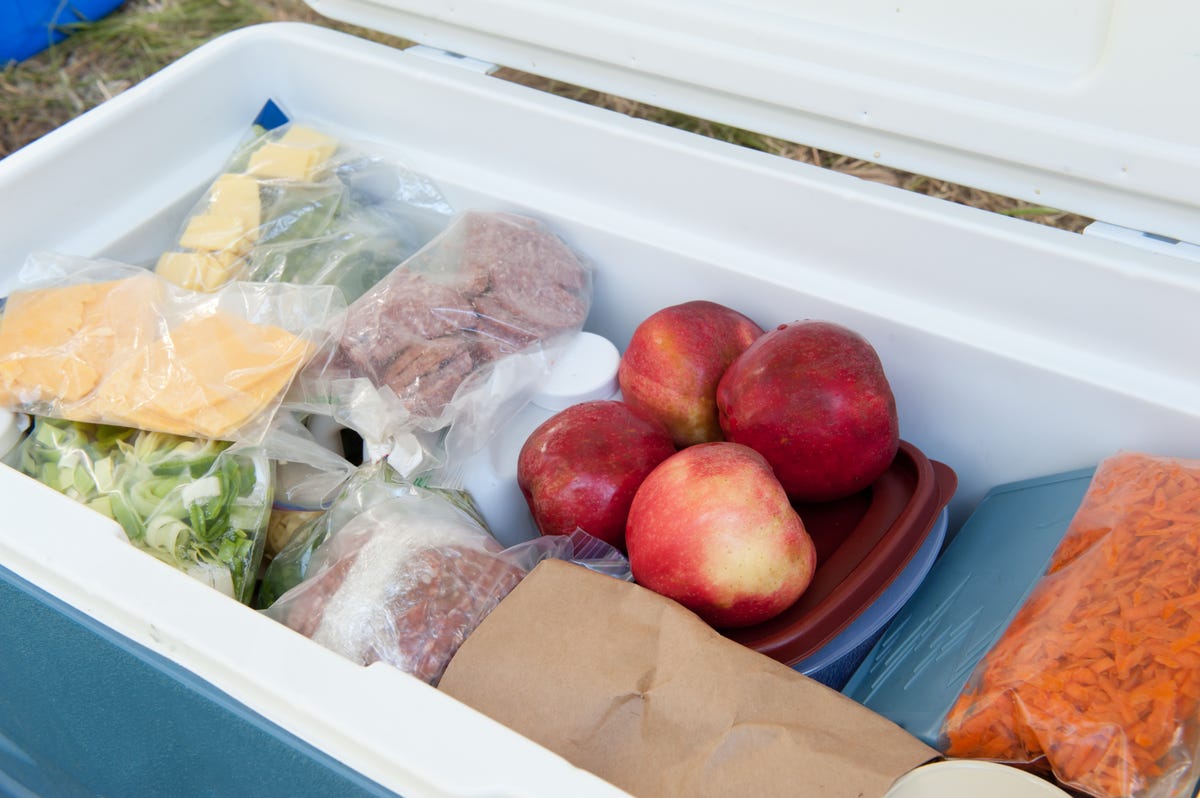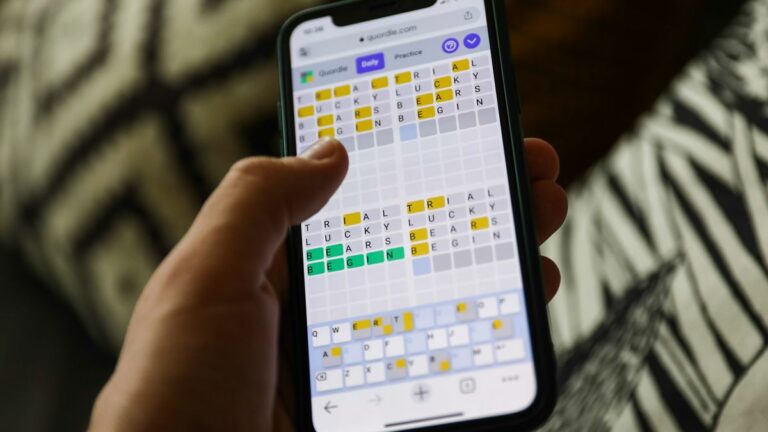One of the most devastating hurricanes we’ve seen (possibly the worst in a century) rampaged through Florida recently and left millions without power. Natural disasters like hurricanes and tornados are unpredictable and dangerous, but they almost always mean losing the electricity in your home, at least temporarily. If that happens, what happens to the food in your refrigerator? You don’t have to lose it, but you’ll have to do a bit of prep work if you want it to stay fresh.

Losing a fridge full of food is costly, inconvenient and can be dangerous if you’re running low on rations and can’t make it out to buy more. While you may not be able to save everything, depending on the length of the outage, there are ways to keep most of your perishables from perishing when the fridge stops running.
Read on to learn how to save your refrigerator’s food in the case of a power outage.
For more power outage tips, learn everything you need to know about home generators, and consider whether a home battery backup might be a better option.
Make a plan to save your food before a power outage strikes
Before you face a power outage, it’s best to take a few steps to prepare in case you need to save your food. The recommendation from the US Centers for Disease Control and Prevention is to have the following items on hand:
- Appliance thermometers for both your refrigerator and freezer, so you can monitor if their temperatures rise and you need to start removing food. The fridge should not rise above 40 degrees Fahrenheit, and the freezer should not rise above 0 degrees F.
- A cooler and frozen gel packs, in case you have to take food out of the fridge to keep it cold.
- Dry ice or block ice to keep food cold inside the fridge, if you think the power will be out for a long time.
Read more: Best Coolers for 2022
Do this first to save your food when the power goes out
When an outage hits, keep your refrigerator and freezer doors closed — don’t open them up unless you absolutely need to, and even then, try to do so quickly so as not to let the cold air out. If the doors stay closed, your food can stay safe for up to four hours in a refrigerator, 48 hours in a full freezer and 24 hours in a half-full freezer, according to the CDC.
Once you’ve passed the four-hour mark (or if you see the temperature inside the fridge has risen to over 40 degrees F) and the power is still out, it’s time to start moving food out of the fridge. If perishable food has been left in the fridge after that point, you’ll have to throw it all out.
The exception here would be if you have dry ice. You can put the dry ice on the top shelf of your freezer and the bottom shelf of your refrigerator, and it will keep your perishables cold. You need about 3 pounds of dry ice per cubic foot of freezer space, which should keep food cold for at least two days. Just make sure you’re aware of how to safely handle dry ice before using it.

If the power is out for more than four hours, you’ll likely want to move your perishable food to a cooler.
Separate your food into two groups
First, you’re going to make two piles: Food that absolutely must be kept cold, and food that is safe to leave on the counter until the power is back on.
Foods that do not need to be kept cold
The following foods can be safely kept out of the fridge:
- Butter (for 1-2 days)
- Peanut butter
- Most cooking oils, with the exception of nut oils
- Herbs
- Potatoes
- Most fruits and vegetables
- Bread
- Coffee
- Honey
- Ketchup, mustard and hot sauce
Foods that need to be kept cold
The following foods must be kept at 40 degrees F or lower to prevent bacteria growth and spoilage:
- Dairy products (cheese, milk, whipped cream, sour cream)
- Eggs
- Meats, poultry and fish (cooked or uncooked)
- Cut fruit and vegetables
- Leftovers
How to keep your perishable food cold without a refrigerator
Once you’ve got your pile of perishable food, it’s time to pull out your cooler and ice packs. Put a layer of frozen food at the bottom. Then put a layer of foods from the fridge on top of that layer. Top it off with another layer of frozen foods. If you don’t have any ice or ice packs, go to the store and buy some if it’s safe to do so.
Layer ice or ice packs around the food in the cooler — don’t just throw it all on top or bottom. Distributing the ice will keep the food at a more consistent temperature. Move your fridge thermometer inside the cooler to keep an eye on the temperature.
If you don’t have a cooler, you can use your freezer instead — it’s insulated and will keep your food cold as long as you leave the door shut and keep a fresh supply of ice in it. To prevent melting ice from turning your freezer into a pond, put ice in bowls and place them around the food.
You should never taste food to see if it’s gone bad — when in doubt, throw it out, the CDC advises. Throw away any food with unusual odors, colors or textures right away. In terms of frozen foods, you can safely refreeze or cook thawed frozen food that is at 40 degrees F or below, or that still contains ice crystals.
For more tips on how to prepare for natural disasters, check out how to pack an emergency bag, and how to recover important documents after a natural disaster.





















+ There are no comments
Add yours